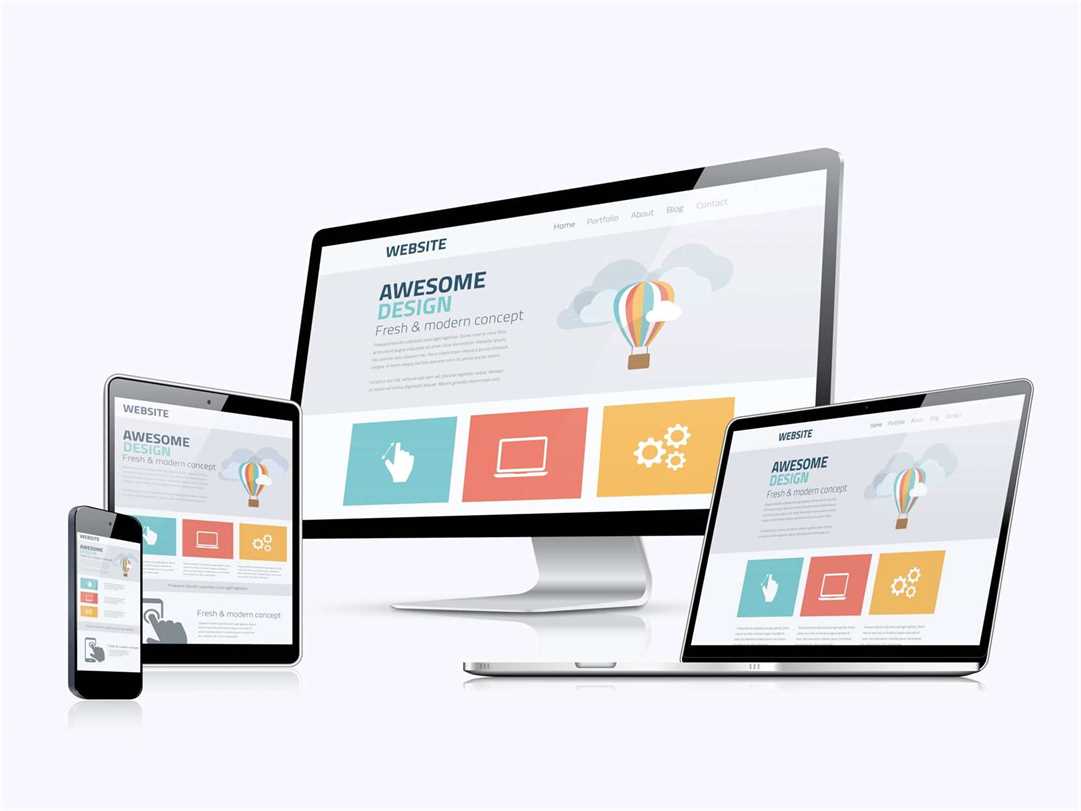Blockchain explained using C# implementation by Czako Zoltan
Content
Because blockchain technology has no particular version, it acts as a deterrent to new developers and investors from entering the market. The absence of stringent legislation and the fact that blockchain is still a developing technology have fueled the rise of fraudulent projects and other bad actors seeking to profit from inexperienced investors. There have also been several high-profile cryptocurrency exchange thefts, including Mt. Gox’s infamous bitcoin theft in 2014, nearly destroying the entire cryptocurrency industry. The inability to serve many users is one of the most significant drawbacks of blockchain technology and, by extension, enterprise blockchain technology. Blockchains function more effectively and efficiently when used across a wide network of users. A blockchain ecosystem, for example, would not only need users to join the network but also its suppliers.
Transaction amid distributors and manufacturers could be easily recorded in certain chains. The system would allow seamless checking, authenticity, history of momentum, and learning about manufacturers in no time. Banks preferably have a notable interest in utilizing Blockchain Technology because it is a great source to avoid fraudulent transactions. Blockchain is considered hassle free, because of the extra level of security it offers.
Implementing a blockchain from scratch: why, how, and what we learned
This proposal resulted in the creation of ISO Technical Committee 307, Blockchain and Distributed Ledger Technologies. The first decentralized blockchain was conceptualized by a person known as Satoshi Nakamoto in 2008. The design was implemented the following year by Nakamoto as a core component of the cryptocurrency bitcoin, where it serves as the public ledger for all transactions on the network. Stakeholder management is a crucial determinant of success with blockchain implementations, and the approaches could vary considerably according to the use case. On the other hand, on-chain governance processes or DAOs are promising indicators of growth in blockchain implementations.
- Table 2 presents the literature using the TOE framework to investigate technology adoptions in supply chains.
- Here, you would have to host each of your applications on the main blockchain.
- Second, this study’s findings would assist consultants in developing plans to facilitate the implementation of blockchain technology in their clients’ supply chains.
- There should, however, be some caution regarding expectations when using blockchain.
- From inception to injection, a new network powered by IBM Blockchain can help build that trust.
In addition, because most consumers do not want such purchases to appear on their monthly credit card statements, cryptocurrency is generally regarded as a much-welcomed mode of payment. So, let us first understand how blockchain works before getting through https://globalcloudteam.com/. Blockchain developers often get themselves stuck in building POCs to do what traditional database does. They do not use it to create immutable data audit trails with the help of its decentralized ledger.
2 Literature on blockchain in supply chains
This article will have a follow-up, an article in which I will explain how to use Bitcoin in .Net and I will give code examples resolving real world problems. To help accelerate supplier onboarding and lifecycle management, Trust Your Supplier creates a trusted, digital identity for suppliers that can be used to begin relationships with multiple buyers. This helps them avoid redundant submission of the same information, reducing the time to first transaction. To help increase food safety and freshness – and unlock supply chain efficiencies – IBM Food Trust™ is bringing together a diverse group of growers, distributors and retailers. Their collaboration is delivering real business results and boosting confidence in the world’s food supply.

You can imagine the hash of the block as a fingerprint, which uniquely identifies the content of the block. If you change something inside the block will cause the hash to change . The previous hash creates a chain of blocks and makes the blockchain secure. If you change a block, the hash of the block will also change, so the next block will have invalid previous hash. The first block is a special block because this cannot have a valid previous hash .
Blockchain and internal audit
A private Bitcoin network would be more suitable for our case—the meta data size limits as well as the throughput could be increased. However, the consensus algorithm of Bitcoin only blockchain implementation deals with double-spending of Bitcoins, not portions of photovoltaic power. Modifying this algorithm would be possible, but the design of Bitcoin does not fit the use case well.

Thereafter, you can proceed to take it to the actual competitive setting for further testing. After running and managing the network, all that is left is to activate an application on the blockchain network. Here, you would have to host each of your applications on the main blockchain.
Powerful Hacks on How to Implement Blockchain Painlessly
Designs the architecture of the blockchain solution with integration points for its components and required systems, including those built on other blockchains. Plans the blockchain implementation project , prioritizes the scope of work and monitors its execution, coordinates the project team’s work, communicates with stakeholders and reports to them. Introducing an optimal feature set, architecture design and a tech stack for the required blockchain solution. Developing the back end of the blockchain solution, including APIs and cross-chain interoperability protocols, to enable data aggregation, processing, and storage.

Blockchains are typically managed by a peer-to-peer computer network for use as a public distributed ledger, where nodes collectively adhere to a consensus algorithm protocol to add and validate new transaction blocks. Although blockchain records are not unalterable, since blockchain forks are possible, blockchains may be considered secure by design and exemplify a distributed computing system with high Byzantine fault tolerance. All the parties will be mandated to abide by the smart contract rules.
Blockchain Implementation Examples & Use Cases
Many other national standards bodies and open standards bodies are also working on blockchain standards. For example, bitcoin uses a proof-of-work system, where the chain with the most cumulative proof-of-work is considered the valid one by the network. There are a number of methods that can be used to demonstrate a sufficient level of computation.





